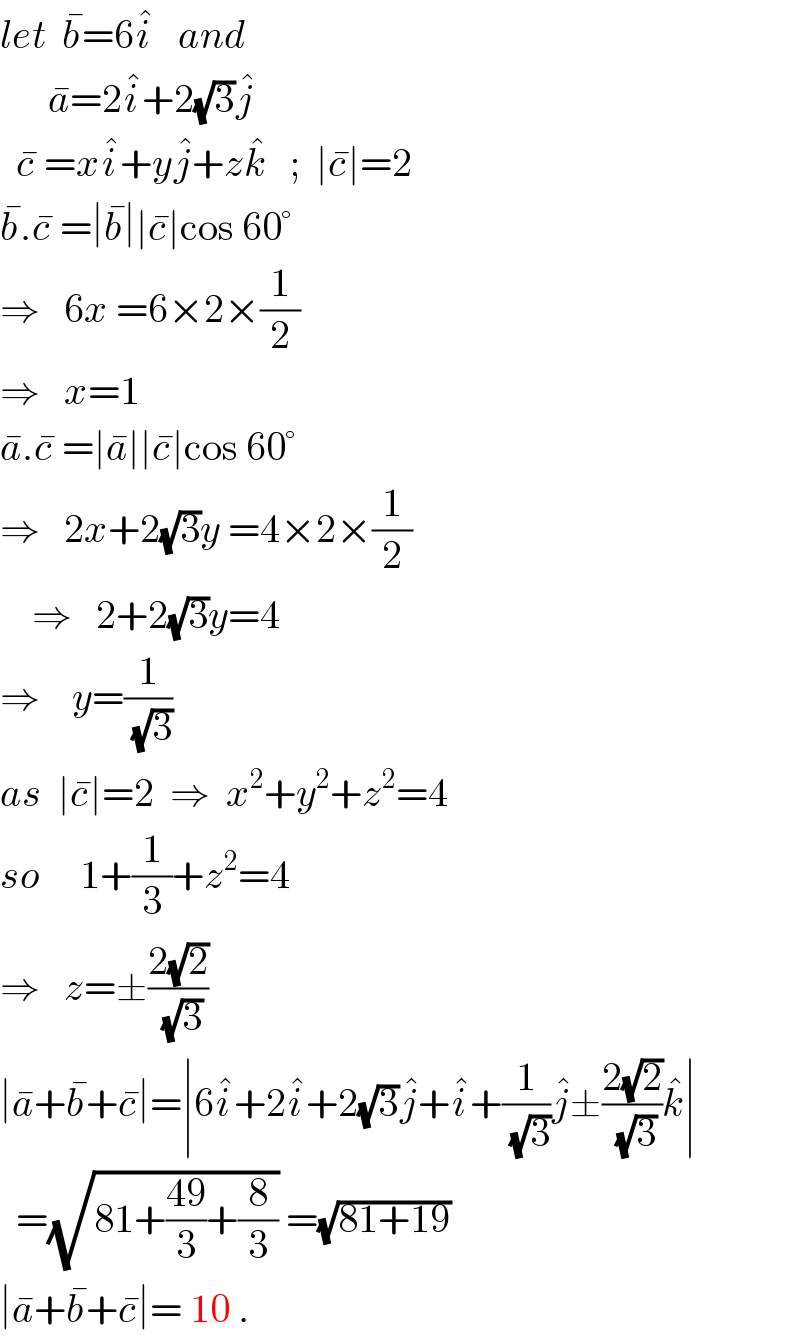
Question and Answers Forum
Question Number 28640 by sk9236421@gmail.com last updated on 28/Jan/18

Commented by ajfour last updated on 28/Jan/18

Commented by ajfour last updated on 28/Jan/18

Answered by ajfour last updated on 28/Jan/18

Answered by ajfour last updated on 28/Jan/18

